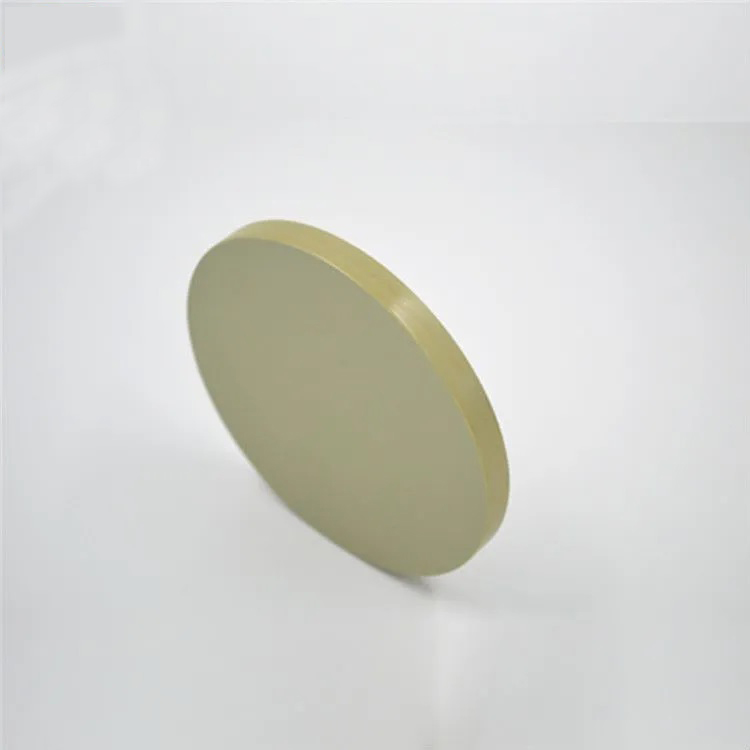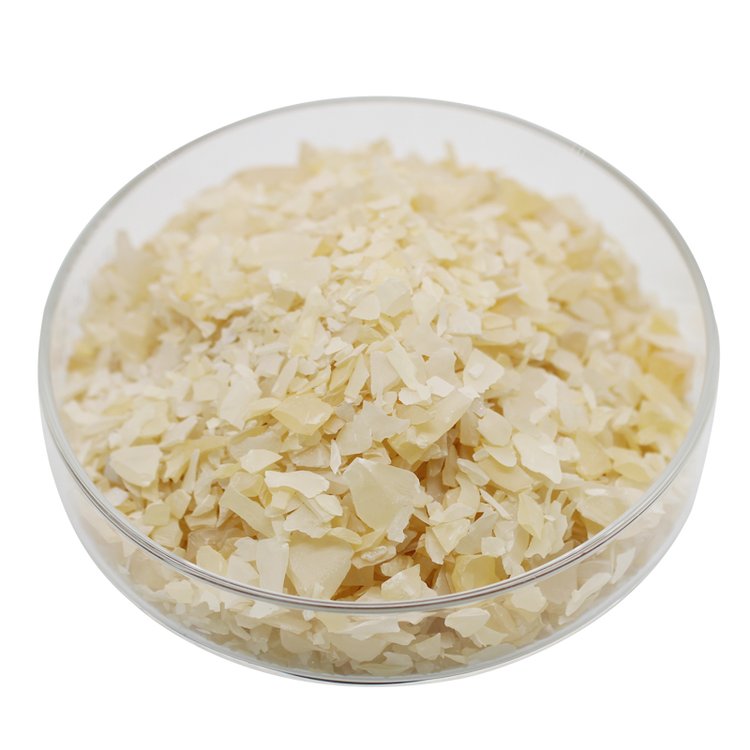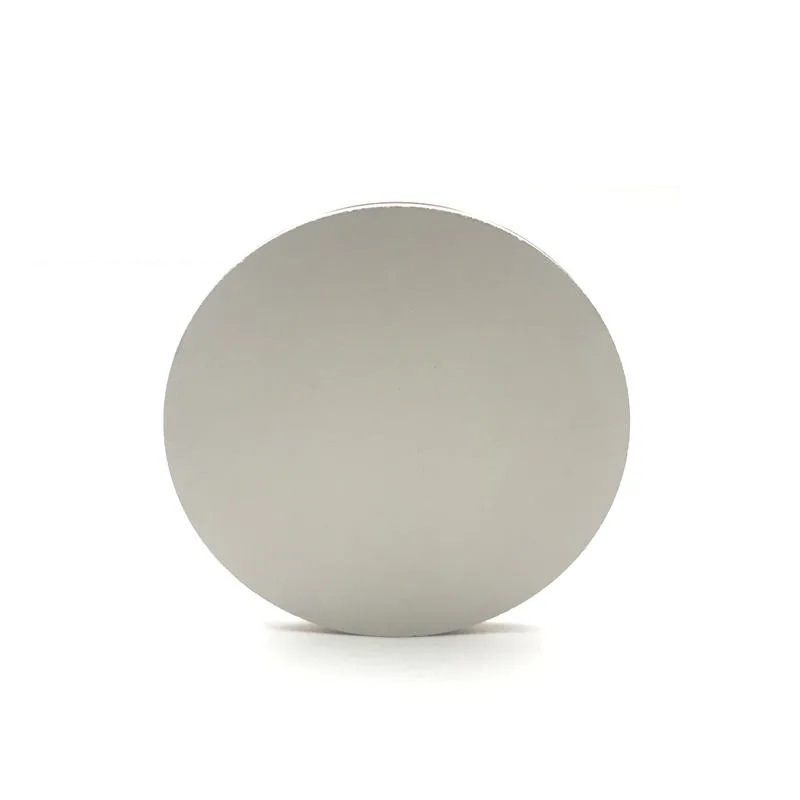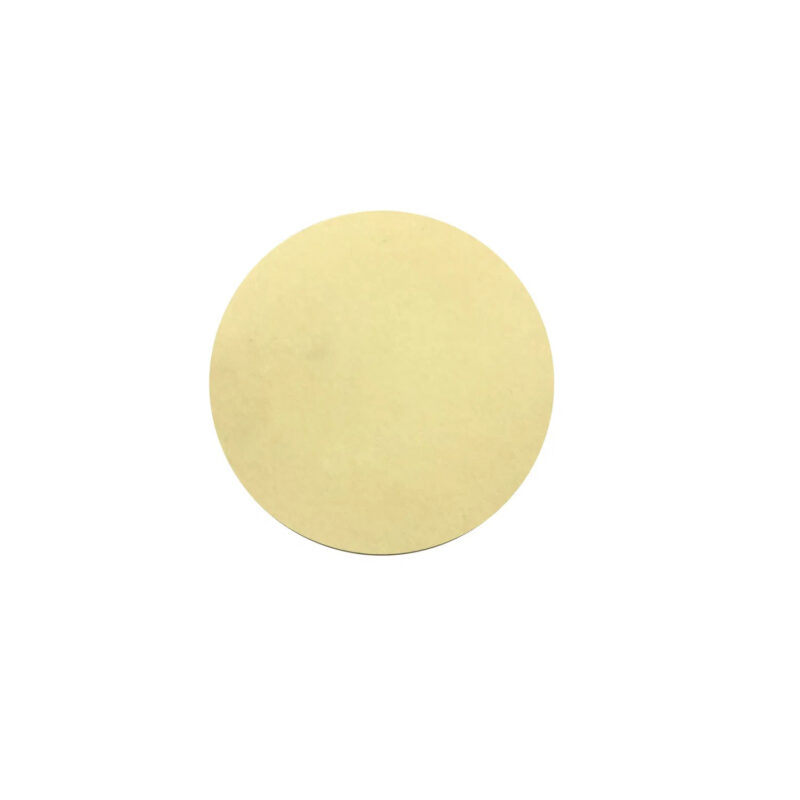Showing 13–19 of 19 results
-


- High Transparency: ZnO thin films offer excellent transparency in the visible light spectrum, making them ideal for applications requiring both optical clarity and electrical conductivity.
- Good Conductivity: ZnO is a conductive oxide, providing good electrical performance in devices such as transparent electrodes and sensors.
- Wide Bandgap: ZnO is a wide-bandgap semiconductor with a bandgap of around 3.37 eV, allowing for efficient performance in UV detection and emission applications.
- Piezoelectric Properties: ZnO exhibits piezoelectric behavior, which is beneficial for applications in sensors, resonators, and energy-harvesting devices.
- Environmental Stability: ZnO thin films are chemically stable and exhibit good resistance to environmental degradation, ensuring long-term durability in various applications.
-


- High Transparency: ZnS has excellent transmission in the visible and infrared regions, making it ideal for optical coatings and infrared optics.
- Wide Bandgap: ZnS has a large bandgap, allowing it to function effectively in optoelectronic and photonic applications.
- Durable and Stable: ZnS thin films are stable in a variety of environmental conditions and offer good mechanical durability.
- Broad Spectral Range: ZnS thin films exhibit good transmission from the visible spectrum to the mid-infrared region, making them suitable for a wide range of optical applications.
- Low Absorption: ZnS has low absorption in the visible and infrared spectra, making it a preferred material for high-performance optical coatings.
-

- High Optical Transmittance: Effective transmission in the visible and infrared spectrums (0.4–12 µm).
- Thermal Stability: Can withstand high temperatures without degrading its properties.
- Mechanical Durability: Exhibits good mechanical strength and hardness, making it suitable for demanding applications.
- Chemical Resistance: Resistant to moisture and many chemicals, enhancing its reliability in various environments.
- Wide Applications: Suitable for a range of applications including infrared optics and lighting devices.
-


- Broad Transmission Range: ZnS exhibits excellent transmission in the visible, near-infrared (NIR), and mid-infrared (MWIR) regions, making it suitable for a wide range of optical applications.
- High Refractive Index: ZnS has a high refractive index, which is beneficial for designing optical coatings with precise reflection and transmission properties.
- Chemical and Thermal Stability: ZnS thin films are chemically stable and exhibit good thermal resistance, making them suitable for use in high-temperature and chemically aggressive environments.
- Infrared Transparency: ZnS is known for its excellent transparency in the infrared spectrum, especially in thermal imaging systems, laser optics, and other IR-related devices.
-


- Broad Optical Transmission: ZnSe offers high transmission from the visible to the IR range (0.6 µm to 16 µm), making it ideal for infrared optics and laser systems.
- High Laser Damage Threshold: ZnSe can withstand high-power laser radiation, making it a preferred material for CO₂ laser optics and other high-energy laser applications.
- Chemical and Thermal Stability: ZnSe is chemically stable and has good thermal shock resistance, ensuring reliable performance in challenging environments, such as thermal imaging and industrial laser systems.
- High Purity and Low Absorption: ZnSe sputtering targets are available in high purity (up to 99.999%), ensuring minimal absorption and optimal performance in optical coatings and laser optics.
-

- High purity (≥99.99%).
- Direct bandgap for superior optoelectronic performance.
- Excellent optical transparency in visible to infrared spectra.
- Uniform pellet size for consistent deposition results.
- Customizable pellet sizes and packaging for specific applications.
-

- Optoelectronic Properties: ZnTe is highly valued for its ability to efficiently emit light, making it a key material in optoelectronics and LEDs.
- High Purity: Available in various purity levels (99.9%, 99.99%, and higher) to ensure high-quality thin films.
- Thermal Stability: ZnTe maintains its properties under high-temperature conditions, making it suitable for high-performance applications.
- Customizable Sizes: Available in different diameters and thicknesses for a wide range of sputtering systems.
- Wide Application Range: Ideal for use in numerous industries, including renewable energy, communications, and infrared sensing.











